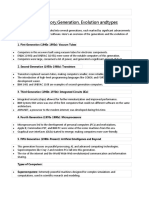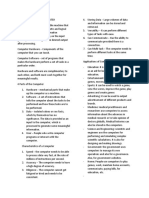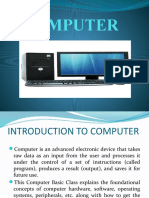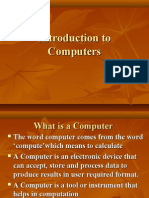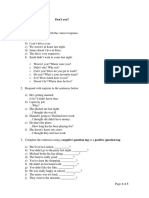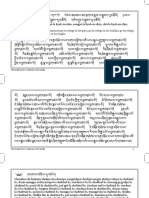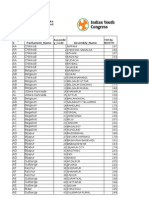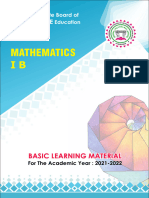0% found this document useful (0 votes)
21 views4 pagesIntroduction To Computers Final
A computer is an electronic device that processes data through the Input-Process-Output (IPO) cycle, which includes input, processing, storage, and output functions. Computers have evolved through five generations, from early devices like the Abacus to modern AI and quantum computing, significantly impacting technology, economy, and society. Key characteristics include speed, accuracy, and multitasking, while advantages and disadvantages highlight productivity and security risks.
Uploaded by
10tituskCopyright
© © All Rights Reserved
We take content rights seriously. If you suspect this is your content, claim it here.
Available Formats
Download as PDF, TXT or read online on Scribd
0% found this document useful (0 votes)
21 views4 pagesIntroduction To Computers Final
A computer is an electronic device that processes data through the Input-Process-Output (IPO) cycle, which includes input, processing, storage, and output functions. Computers have evolved through five generations, from early devices like the Abacus to modern AI and quantum computing, significantly impacting technology, economy, and society. Key characteristics include speed, accuracy, and multitasking, while advantages and disadvantages highlight productivity and security risks.
Uploaded by
10tituskCopyright
© © All Rights Reserved
We take content rights seriously. If you suspect this is your content, claim it here.
Available Formats
Download as PDF, TXT or read online on Scribd
/ 4





